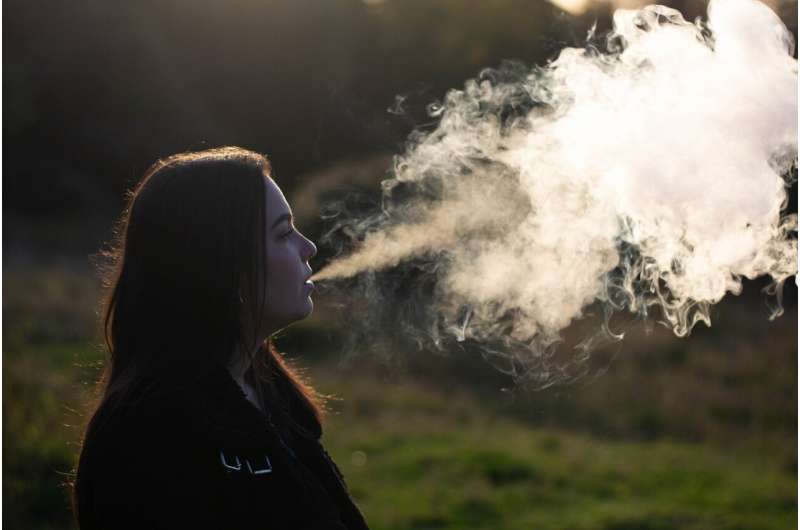The Future of Medical Robotics: Supporting, Not Replacing, Clinicians

Medical robotics are evolving to support doctors with enhanced precision and expanded reach, with full autonomy still on the horizon. Experts emphasize augmentation over replacement in patient care.
Medical robots today primarily serve as advanced extensions of surgeons' hands, enhancing precision and ergonomics during procedures. While the idea of fully autonomous surgical robots has gained attention, experts emphasize that current technology does not support complete automation in patient care
Pierre E. Dupont, a prominent surgeon and researcher at Harvard Medical School, co-authored a recent viewpoint article in Science Robotics highlighting that autonomous surgical systems capable of learning and adapting are on the horizon. However, these advancements are poised to augment healthcare professionals’ skills rather than eliminate the need for clinicians.
Much of today’s robotic use in medicine involves teleoperation, where surgeons remotely control robotic instruments—common in procedures like laparoscopy. The emerging focus is on telesurgery, allowing specialists in urban centers to perform operations remotely via robotic systems at satellite facilities, reducing the necessity for the surgeon’s physical presence on-site. Despite these advancements, true automation remains limited to specific, well-defined tasks.
Procedures like joint replacements already incorporate robotic automation, using pre-planned, model-based systems to mill bone cavities with high accuracy. These are straightforward because of the predictable geometry involved. More complex surgeries involving soft tissue, such as cardiac or endovascular interventions, present significant challenges due to the variability and deformability of tissues.
Acceptance of robotic systems among clinicians is surprisingly high, driven by perceptions of improved care quality and potential cost benefits. Many clinicians see robots as powerful tools that enhance their expertise, helping less experienced surgeons perform complex procedures confidently and consistently.
Progress in AI, especially large language models and learning algorithms, is critical in advancing autonomous capabilities. These technologies could enable safer procedures in low-volume, community hospitals, making cutting-edge treatments accessible to broader populations.
While the potential for increased autonomy in medicine is substantial, experts advocate a cautious, stepwise approach. Recognizing unusual anatomical variations and ensuring safety in unforeseen situations remain research priorities. The ultimate goal is to gradually integrate higher levels of autonomy, guided by rigorous regulation to safeguard patient safety.
Regarding costs, the economic feasibility of robotic systems depends on their versatility and the market size. Platforms capable of performing various procedures—like laparoscopy, orthopedics, and endovascular interventions—have larger potential markets, justifying the significant investment in development.
In summary, current robotic technology in medicine is aimed at supporting clinicians, improving outcomes, and expanding access. As AI and robotics continue to evolve, the future may see more autonomous systems, but always with a focus on safety, regulation, and enhancement of human expertise.
Source: https://medicalxpress.com/news/2025-08-dr-robot-medical-robots-doctors.html
Stay Updated with Mia's Feed
Get the latest health & wellness insights delivered straight to your inbox.
Related Articles
Revolutionary Discovery: Antigen-Presenting Fibroblasts as Targets for Hard-to-Treat Cancers
Scientists at UT Southwestern discover two types of antigen-presenting fibroblasts that promote tumor growth and therapy resistance, opening new avenues for treating difficult cancers like pancreatic and colorectal cancer.
A Practical Guide to Accelerating Scarring Research and Finding New Treatments
A comprehensive review from Duke-NUS highlights cutting-edge insights into immune cell behavior, paving the way for targeted therapies to treat fibrosis and reduce harmful tissue scarring worldwide.
New Research Reveals How Alzheimer's Disease Affects Multiple Body Systems
New research uncovers how Alzheimer's disease proteins impact aging, metabolism, and gut health, revealing systemic effects beyond the brain.



